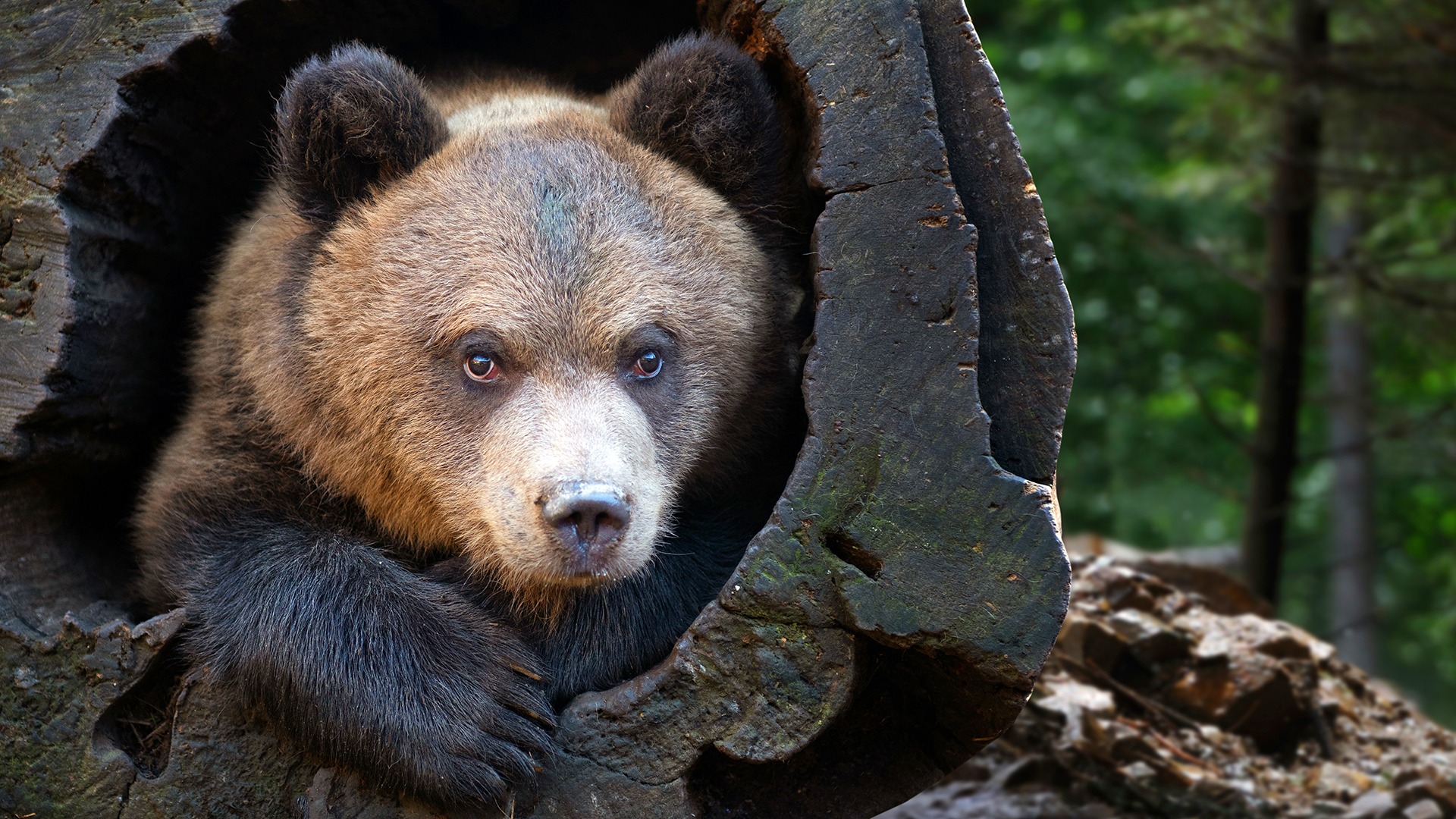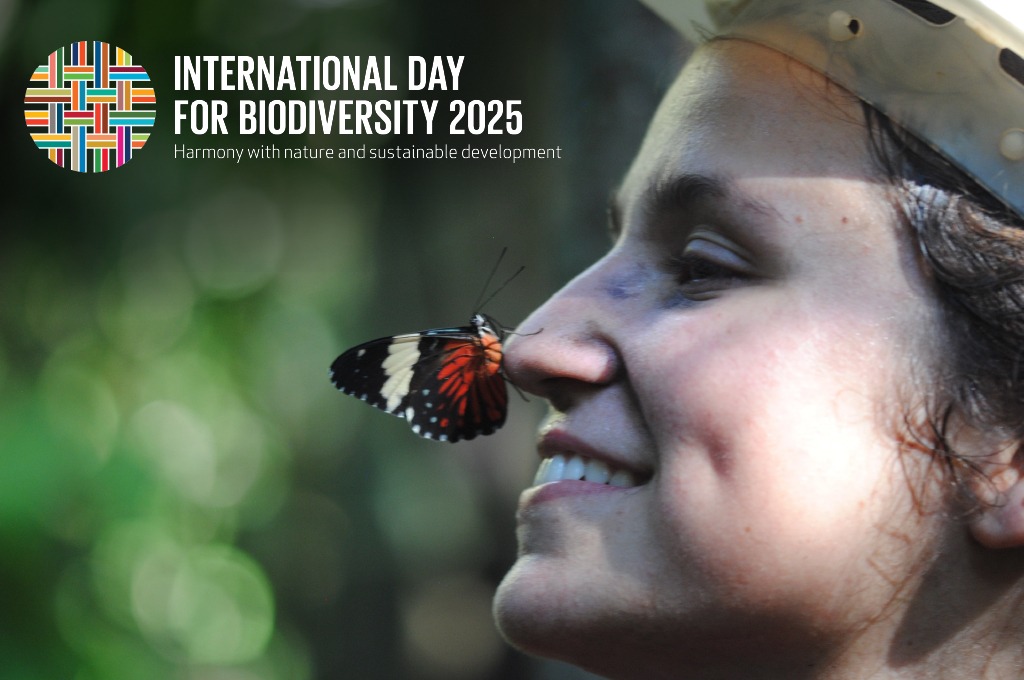Old Swedish brown bear samples reveal human antibiotic use
An international team of researchers, co-led by SciLifeLab researcher Katerina Guschanski (Uppsala University), have used historical museum samples to study the effects of human-made antibiotics over the entire history of their application. They found that the increased use of antibiotics in the 1950s first led to an increase in antibiotic resistance in wild Swedish brown bears, a trend that then dropped after national policies to control antibiotic use were implemented in the 1990s.
One of humanity’s biggest threats is the increasing antibiotic resistance and every year hundreds of thousands of people die from infections caused by resistant bacteria. These bacteria often escape from hospitals through wastewater and later, through water and wind, can spread over large distances. Here, they end up in wild animals, which in turn can transmit the resistant strains back to us, through hunting or other close interactions with the animals.
So far, it has not been possible to investigate how the antibiotic resistant strains have spread and changed in wildlife since the start of the antibiotic mass-production in the 1950s, but in a recent study, published in the scientific journal Current Biology, a group of international researchers have analyzed solid calculus deposits from the teeth of preserved Swedish brown bears from museum collections, to analyse changes in the microbiomes.
“We specifically looked for bacterial genes that provide resistance to antibiotics. Their abundance closely follows human antibiotic use in Sweden, increasing in the 20th century and then decreasing in the last 20 years. We also find a greater diversity of antibiotic resistance genes in the recent past, likely as a result of different kinds of antibiotics being used by humans”, says first author Jaelle Brealey, a postdoctoral researcher at NTNU in Norway, in a press release from Uppsala University.
Swedish brown bears normally live far away from cities and villages but there are a few exceptions. Naturally, the researchers expected to find more antibiotic resistant genes in samples coming from bears living closer to humans, which surprisingly did not happen.
“We found similar levels of antibiotic resistance in bears from remote areas and those found near human habitation. This suggests that the contamination of the environment with resistant bacteria and antibiotics is really widespread,” says Katerina Guschanski, lead senior author of the study with joint appointments at Uppsala University and the University of Edinburgh.
Sweden was one of the first countries to heavily restrict the use of antibiotics through strict control measures, such as an agriculture ban in 1986 and a national strategic program against antibiotic resistance in medicine in 1995. Interestingly enough, the effectiveness of these measurements could be observed by the researchers. Oral bacteria of bears born after 1995 showed low antibiotic resistance, although not as low as the oral bacteria from bears born before the 1950s.
“Our study highlights once again the value of historical museum collections, like the one at the Swedish Museum of Natural History, as a unique resource for understanding the effect of recent human actions on the environment,” says Daniela Kalthoff, curator of the museum and a co-author of the study.
The study shows that historical microbiomes can be used to investigate past events but also to monitor ongoing environmental changes in response to new strategies for reduction of contamination and pollution.





